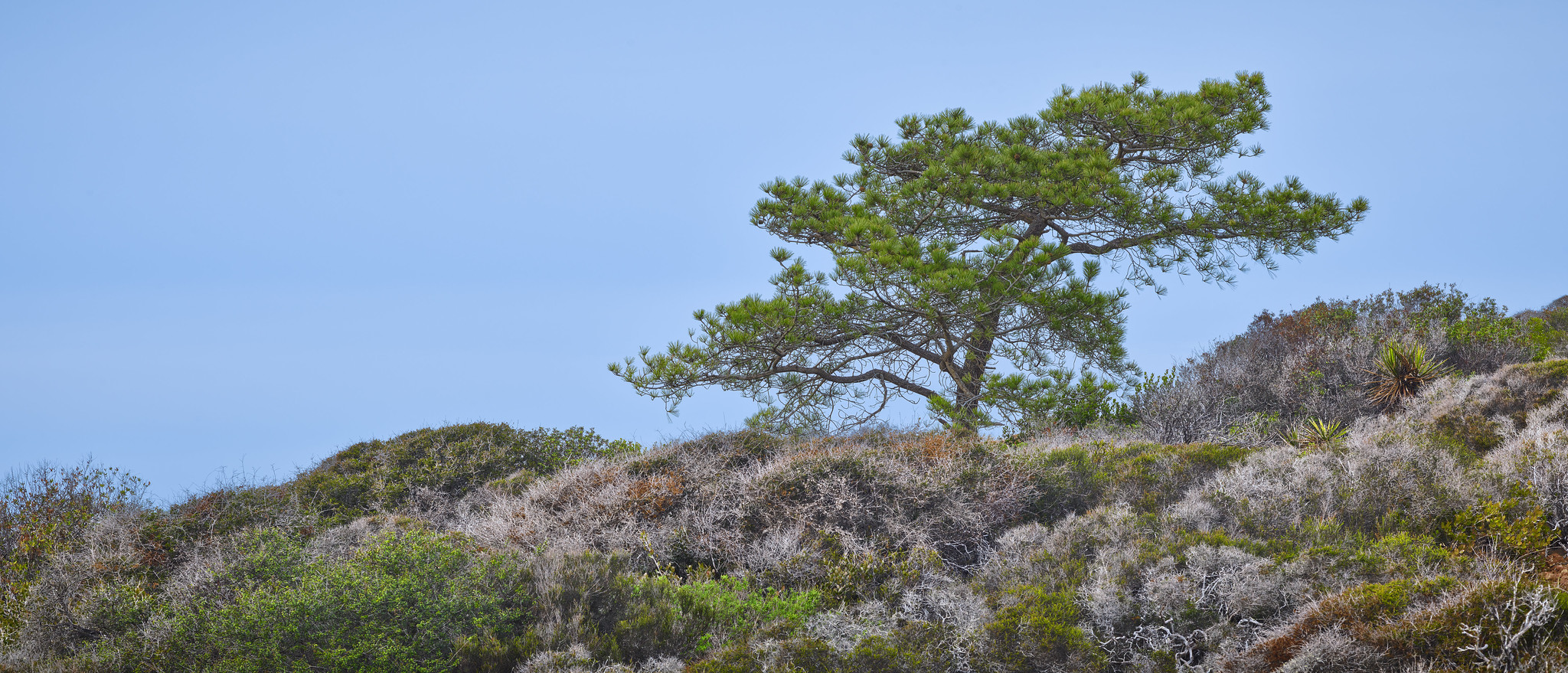dchew
Well-known member
Hi Jeff,Close up of sky. Next time I go on vacation, I'll do a wet clean of the sensor first, and avoid this cleanup work.
View attachment 198726
I'm curious how you carry the camera. I used to carry it assembled in the bag, and for various reasons I've switched to disassembled carry. In doing so, I had to overcome a big dust problem when carrying the back disassembled. I don't like to keep the back adapter on the camera because of the exposed pins and inability to cover the camera opening. I remove the back and back adapter from the camera and use this Alpa plastic cap. But I don't like that cap much because it isn't air-tight, and I am suspicious it flexes and acts like a diaphragm pump, cycling dirty camera bag air across the sensor. I've had miserable experiences with dust as a result.
For now, I still use the Alpa cap but put the back in a ziplock bag. Not to protect it from water but to protect it from dust. That has solved my dust issue apart from the random occasional spec.
Dave








